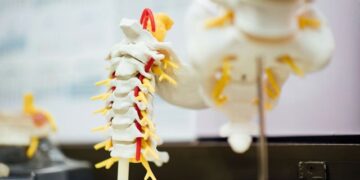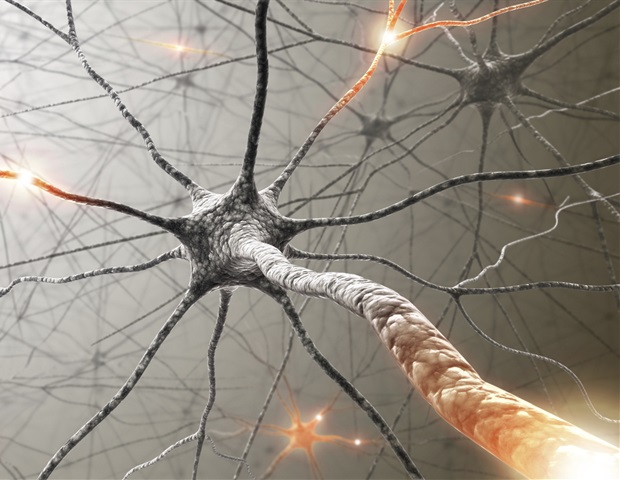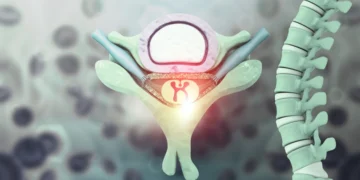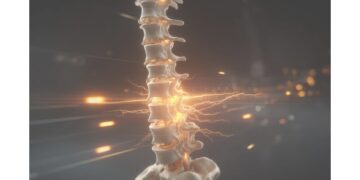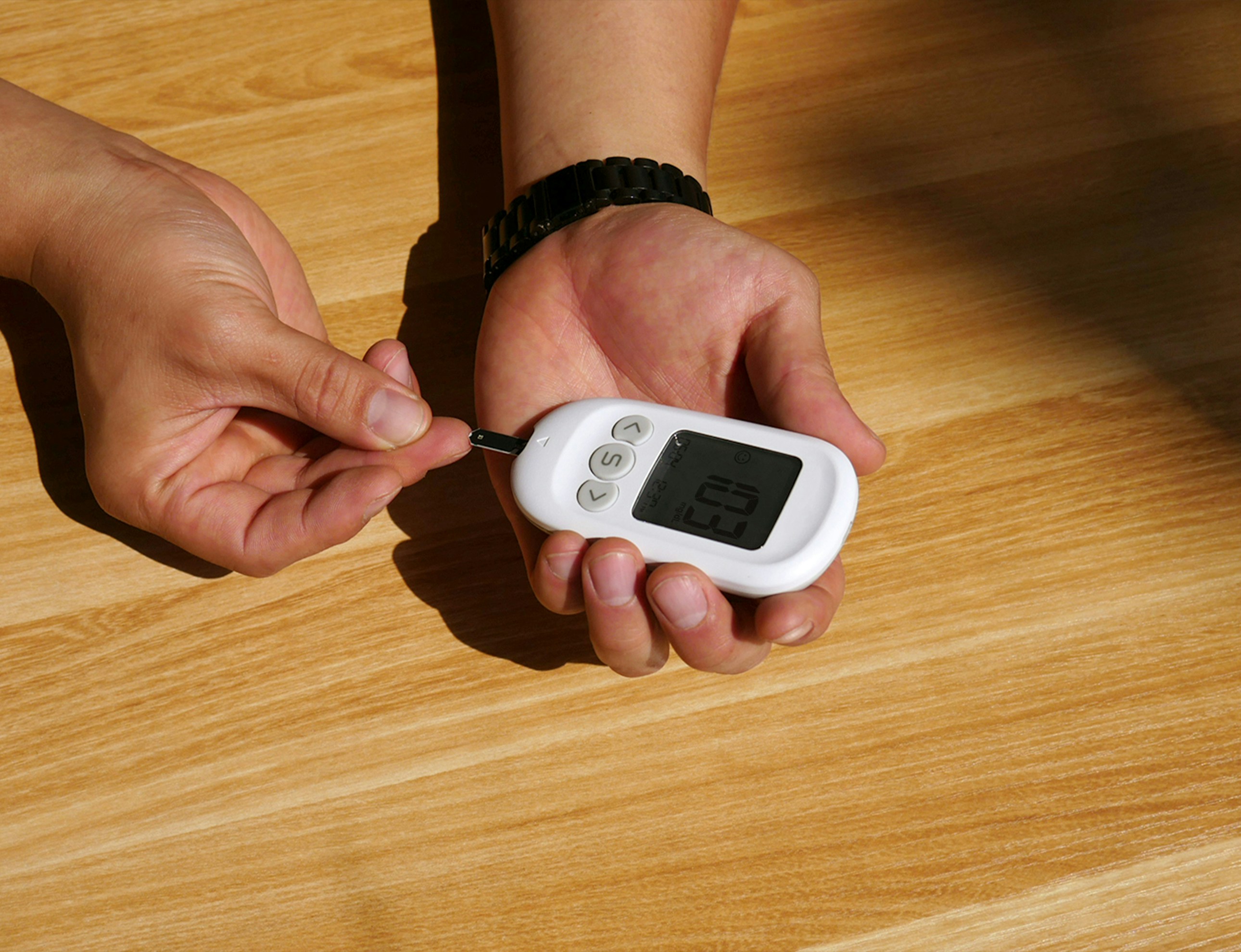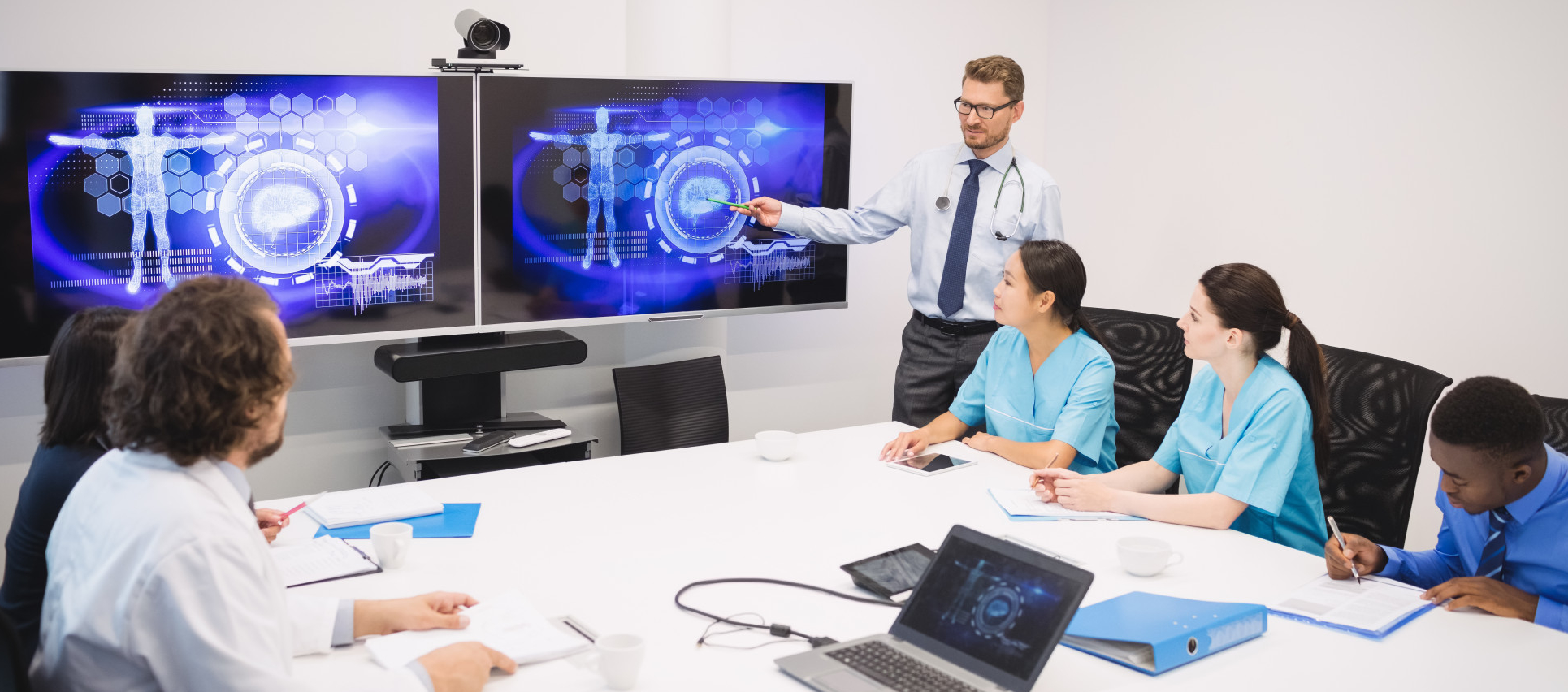 Epidural Stimulation – Epidural Electrical Stimulation, particularly FES, shows great promise in helping some patients regain some abilities. Some patients who have undergone FES therapy have shown improvements in hand functions, bowel, and bladder control, improved core control, walking improvements, and can regain sensation and even the ability to breathe without the use of a ventilator.
Epidural Stimulation – Epidural Electrical Stimulation, particularly FES, shows great promise in helping some patients regain some abilities. Some patients who have undergone FES therapy have shown improvements in hand functions, bowel, and bladder control, improved core control, walking improvements, and can regain sensation and even the ability to breathe without the use of a ventilator.
What is Epidural Stimulation Surgery?
Epidural Stimulation involves the surgical implantation of the neuro-stimulator device. The device is placed on the posterior structures of the Lumbar “Spinal Cord” area where it supplies electrical currents that connect nerve signals from the Brain to Spinal Cord tissue below the injury level.
Mechanism of action
The neurophysiological mechanisms of action of spinal cord stimulation are not completely understood but may involve masking pain sensation with tingling by altering the pain processing of the central nervous system. The mechanism of analgesia when SCS is applied in neuropathic pain states may be very different from that involved in analgesia due to limb ischemia. In neuropathic pain states, experimental evidence shows that SCS alters the local neurochemistry in the dorsal horn, suppressing the hyperexcitability of the neurons. Specifically, there is some evidence for increased levels of GABA release, serotonin, and perhaps suppression of levels of some excitatory amino acids, including glutamate and aspartate. In the case of ischemic pain, analgesia seems to derive from the restoration of the oxygen demand-supply. This effect could be mediated by inhibition of the sympathetic system, although vasodilation is another possibility. It is also probable that a combination of the two above-mentioned mechanisms is involved.
Surgical procedure
Spinal cord stimulators are placed in two different stages: a trial stage followed by a final implantation stage. First, the skin is prepared and draped using a sterile technique. The epidural space is accessed with the loss of resistance technique using a 14-gauge Tuohy needle. The lead is fed through carefully with fluoroscopic guidance to the appropriate spinal level. This process is repeated to place another lead adjacent to the first. Fluoroscopy is often used during the procedure to identify the proper placement of the SCS leads. The lead placement depends on the patient’s pain location. Based on previous studies, the lead placement for patients with low back pain is typically T9 to T10. The device technician will then turn on the stimulation, typically starting at a very low frequency. The patient is prompted to describe the sensation perceived by activation of the leads, and the technician will calibrate the SCS to achieve the maximum paresthesia coverage of the patient’s targeted pain area. Finally, the leads are anchored externally to reduce the risk of lead migration, the site is cleaned, and a clean dressing is applied. Once the patient has recovered from the procedure, the device is once again tested and programmed.
Patient Screening
Patients who are candidates for stimulator placement should be screened for contraindications and comorbidities. The following should be considered prior to the stimulator trial.
- Risk of bleeding – Spinal cord stimulator trial and implant have been identified as procedures with a high risk of serious intraspinal bleeding, which can cause permanent neurologic damage. Appropriate planning for discontinuation and reinstitution of antiplatelet and anticoagulant medications is necessary prior to placement of a stimulator.
- Psychological evaluation – Depression, anxiety, somatization, and hypochondriasis are associated with worse outcomes for spinal cord stimulators. Experts recommend psychological evaluation prior to placement. A diagnosis with a psychiatric disorder is not a strict contraindication to stimulator placement. However, treatment of the disorder prior to consideration of a trial placement is indicated.
- Delayed placement – Stimulators may have poor efficacy if placed many years after the onset of chronic pain. One review of 400 cases found a success rate of only 9% for patients with stimulators placed over 15 years after the onset of pain compared with nearly 85% for patients who received stimulators within two years of pain onset.
- Technical difficulty – Variations in anatomy, whether congenital or acquired, may preclude successful placement in certain individuals. Imaging of the spine is necessary to guide the selection of candidates for whom spine surgery is more appropriate than stimulator placement.
Trial Period
In order to assess the efficacy of the spinal cord stimulator before implantation, a trial must be performed. This trial begins with the placement of temporary leads into the epidural space and is connected percutaneously to an external generator. The trial typically lasts 3-7 days followed by a 2-week reprieve before SCD implantation to ensure that there is no infection from the trial. A successful trial is defined by at least a 50% reduction in pain and an 80% paresthesia overlap of the original area of pain. If a patient has sudden changes in their pain, then further investigation is needed for possible lead migration or stimulator malfunction.

